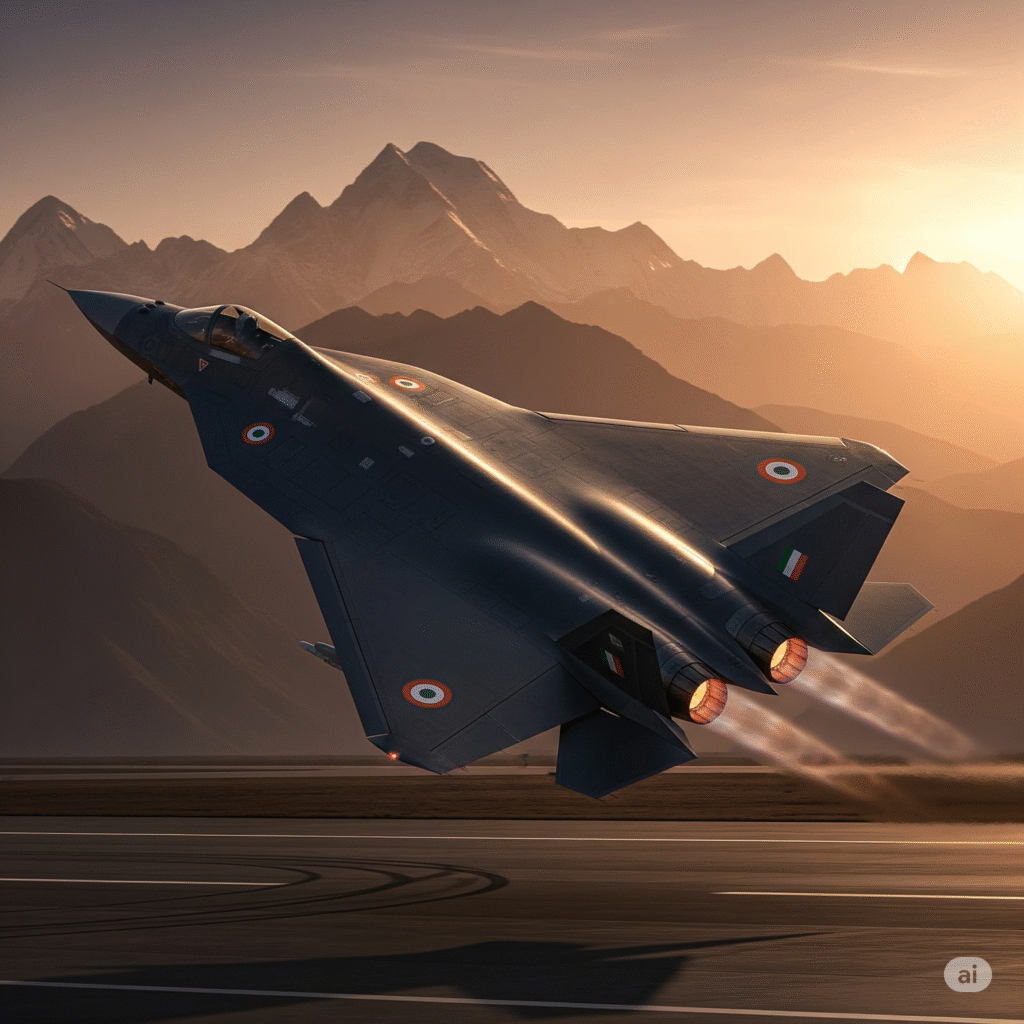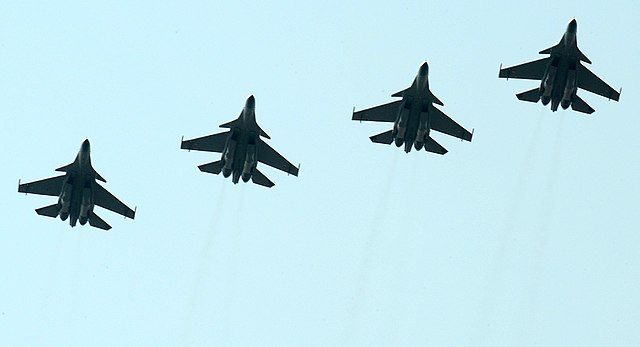Project 75’s Silent Hunters: The Scorpene Legacy
Launched in 2005 with France’s Naval Group at a cost exceeding ₹23,000 crore, Project 75 birthed six diesel-electric Scorpene (Kalvari-class) submarines at Mazagon Dock Shipbuilders Limited (MDL), Mumbai—INS Kalvari (S21, commissioned 2017), Khanderi (S22, 2019), Karanj (S23, 2022), Vela (S24, 2023), Vagir (S25, 2024), and Vagsheer (S26, January 2025). These 1,775-tonne vessels excel in littoral waters with quiet propulsion, armed with Black Shark torpedoes, Exocet SM-39 missiles, and indigenous sonars, enabling anti-surface, anti-submarine, and ISR missions across the Arabian Sea and Bay of Bengal.
Yet, their conventional diesel-electric design limits submerged time to 48-72 hours, reliant on battery power and periodic snorkeling that risks detection. Enter AIP: sanctioned in 2014 with ₹270 crore, DRDO’s phosphoric acid fuel cell system—using widely available fuel—generates 200-300 kW of hydrogen-derived power, slashing acoustic signatures and boosting survivability. Land-based prototypes validated in 2024 at L&T’s AM Naik Heavy Engineering Complex set the stage for sea trials, despite earlier delays pushing timelines from 2017 to now.
The AIP “Plug” Revolution: From Prototype to Periscope Depth
Retrofitment, dubbed “jumboisation,” involves slicing the submarine’s pressure hull midships, inserting the AIP module, and re-welding—extending length by 8-10 meters and weight by 300 tonnes. MDL’s steel-cutting ceremony in March 2025 kicked off production, with Naval Group aiding design tweaks for seamless integration. Contracts worth ₹2,867 crore, signed December 2024, cover AIP modules and heavy torpedoes, generating 3 lakh man-days of employment.
Rollout prioritizes INS Khanderi (S22) as the testbed by mid-2026, post-Kalvari’s routine refit sans AIP due to certification lags. All six boats will follow during programmed overhauls, with the December 2025 energy module milestone enabling full-system trials in a simulated hull. This indigenous tech—patented solely under DRDO—eschews foreign dependencies, positioning India as the third nation (after Germany and Japan) with fuel cell AIP mastery.
Strategic Edge: Stealth in Contested Waters
AIP transforms Scorpene from coastal sentinels to blue-water prowlers, enabling prolonged patrols in chokepoints like the Malacca Strait or Andaman Sea. Against China’s Type 039A AIP subs (12+ in service) and Pakistan’s upcoming Hangor-class (AIP-equipped by 2028), this upgrade restores parity, deterring collusive threats. Enhanced endurance supports networked ops with P-8I aircraft and Arihant SSBNs, while export potential—tied to three additional Scorpenes under negotiation (₹38,000 crore, 60% indigenous content, post-2030 delivery)—bolsters MDL’s global footprint. Learn more about India’s broader self-reliance journey in Aatmanirbhar Bharat’s defence transformation.
Expert Takes: Depth Charges of Innovation
“The energy module by December 2025 will unlock 15-21 days submerged—dramatically improving success rates in asymmetric warfare. This is India dreaming big in underwater tech.” — Dr. Samir V. Kamat, DRDO Chairman
“Integrating DRDO’s AIP into Kalvari-class exemplifies bilateral trust and Aatmanirbhar—enhancing endurance while localizing hull fabrication for future fleets.” — Rear Admiral (Retd) R.K. Shrawat, Naval Group India
As trials submerge into reality, DRDO’s AIP isn’t just an upgrade—it’s India’s silent sovereign strike in the deep blue. Stay tuned to DefenceNiti for trial updates and fleet impacts—because underwater, endurance is empire.
DefenceNiti.com: Empowering India’s Defence Discourse | Follow us on X @DefenceNiti for real-time insights.




Pingback: Indian Navy’s Project 76 Submarine Program Accelerates with AIP Breakthrough - DefenceNiti.com